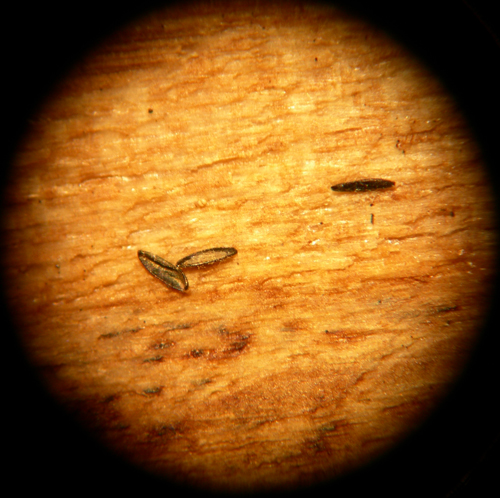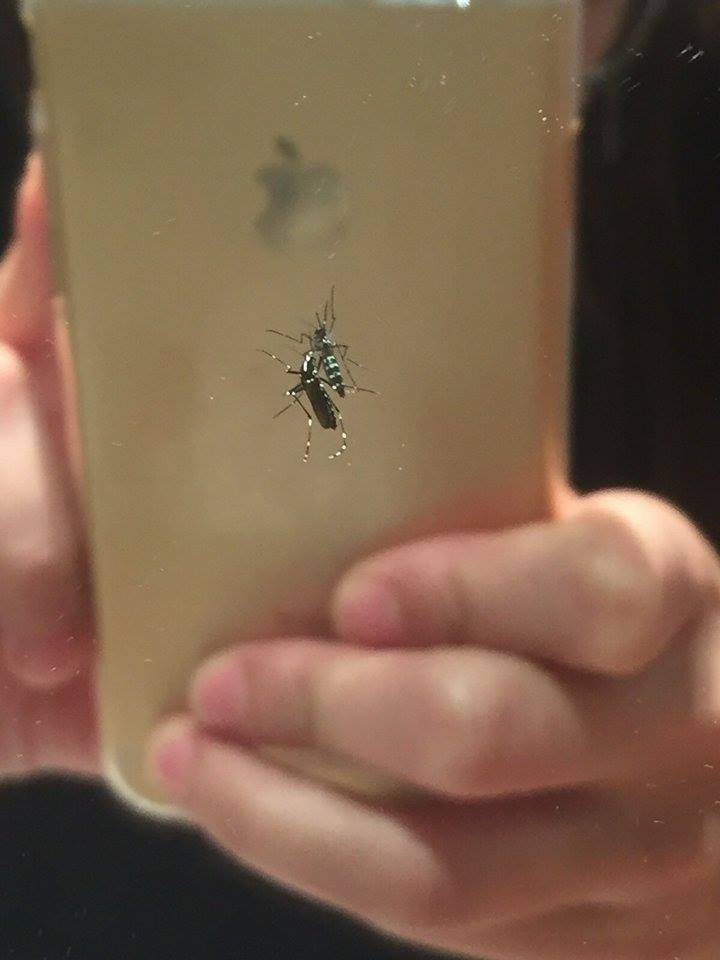During the coldest months of the winter there isn’t even a hint of the tiger mosquito, or at least this is how it should be. However, everyone knows that once spring arrives we will encounter them once again, and that there will be lots of them. So what do mosquitos do during the months that they are not active? Where do they go? Do all mosquito species disappear during the winter and reappear again in spring and summer?
During the year, the life cycles of living organisms follow the rhythm set by climate. During each season species develop in different ways depending on climatic conditions. For instance, trees flower in spring and drop their leaves in autumn. But there are also animals whose life cycles depend on climate. The migrations of swallows is a good example since in spring they come from Africa and in autumn they return. The science of the relationship between climate and life cycles is called phenology, studied by scientists in order to understand the effects of climate change on living organisms.
The life cycle of the tiger mosquito
The period of activity of the tiger mosquito (Aedes albopictus) is between May and November, but this can vary since insects are heavily dependent on climate. During its active months the mosquito feeds and lays eggs which turn into larvae, pupas, and finally adults. They can reproduce a number of times during their life. When autumn arrives the mosquito becomes less and less active until activity finally ceases in winter.
Mosquitos hibernate

Comparison of the phenology of mosquito species in Warsaw. Modified from Wegner, E. (2009), European Mosquito Bulletin, 27: 23-32.
Mosquitos in Spain
Considering the data from Georgia and Warsaw, mosquitos in Spain have a long period of activity of around 7-8 months. The abundance of mosquitos changes depending on the season. Though periods of activity are different for each species, the maxima are usually between the end of spring and midsummer. Abundance can also change between years. Spain has regions whose climate is very dry with irregular rains, and these kinds of conditions have a large influence on mosquito reproduction.
It is worth noting that it is believed that in urban areas the phenologies of the common mosquito (Culex pipiens) and the tiger mosquito (Aedes albopictus) are affected by competition: there are more common mosquitos at the beginning of the period of activity, but in summer there are more tiger mosquitos.
Climate change could make tiger mosquitos appear sooner
There are studies confirming that the phenology of some species is sensitive to global climate change. A study in the United Kingdom analyzed data for 25 bird species over 46 years (1959-2005) together with temperature data. The researchers demonstrated that as global temperature rose, some species of
birds arrived earlier. Others, on the other hand, were not affected by temperature.
One of the objectives of this project is to understand if the global increase in temperature is causing tiger mosquitos to appear sooner. Thanks to the contributions of citizens using Tigatrapp, we can detect the first mosquitos of the season and compare this information with other years and countries. For this reason, we encourage users to send photos of the first mosquitos they find in spring.
¡Participate and contribute to science!







